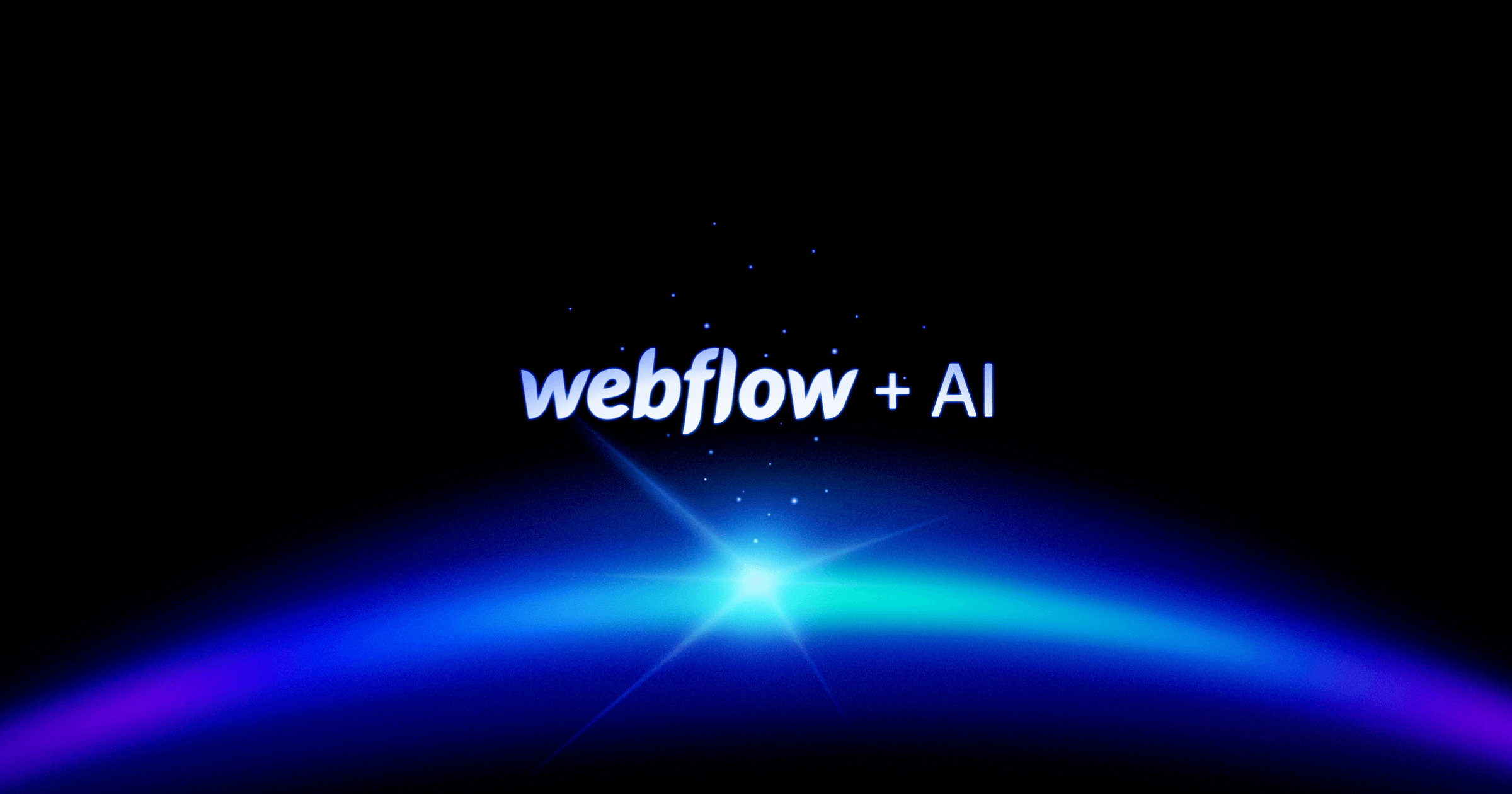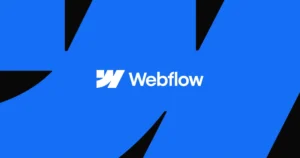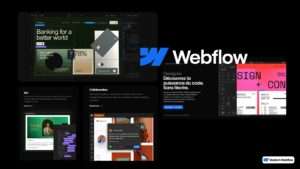Introduction: As technology continues to evolve at a rapid pace, so too does the field of web design. From cutting-edge animations to immersive user experiences, the latest trends and innovations are shaping the way we interact with the web. In this blog post, we’ll take a closer look at some of the most exciting developments in web design, and explore how Webflow is leading the charge towards a more dynamic and interactive web.
Micro-Interactions and Delightful Details: In today’s digital landscape, attention to detail can make all the difference when it comes to user engagement. Micro-interactions—small, subtle animations and effects that respond to user actions—are becoming increasingly popular as a way to add personality and delight to web experiences. Whether it’s a subtle hover effect on a button or a playful animation when a user submits a form, micro-interactions help to create a more engaging and memorable user experience.
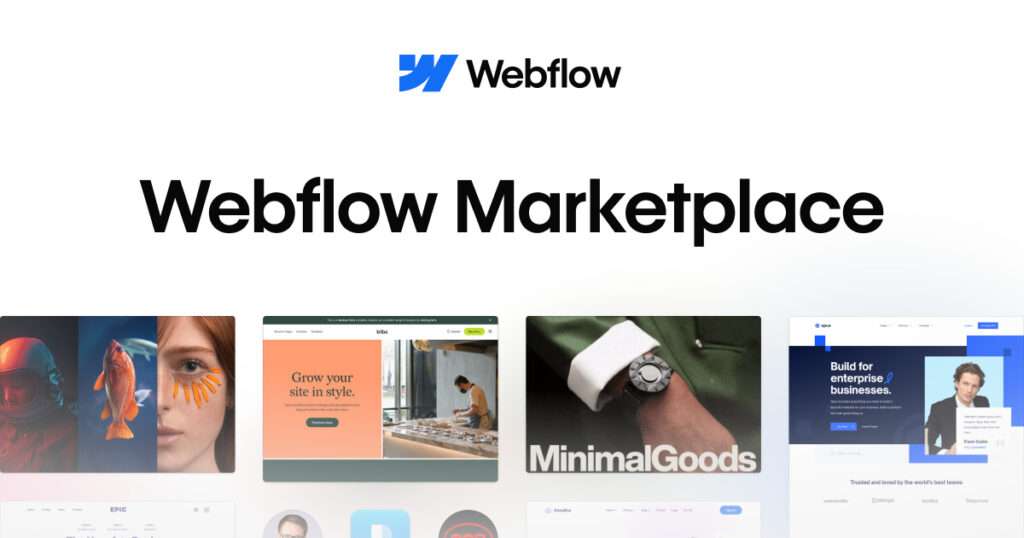
Immersive Storytelling with Scroll Animations: Scroll animations have emerged as a powerful storytelling tool, allowing designers to guide users through content in a dynamic and engaging way. By triggering animations as users scroll down the page, designers can create immersive narratives that captivate and inspire. Whether it’s revealing content as users scroll, or animating elements to create a sense of depth and movement, scroll animations add a new dimension to web design and encourage users to explore and interact with content in a more meaningful way.
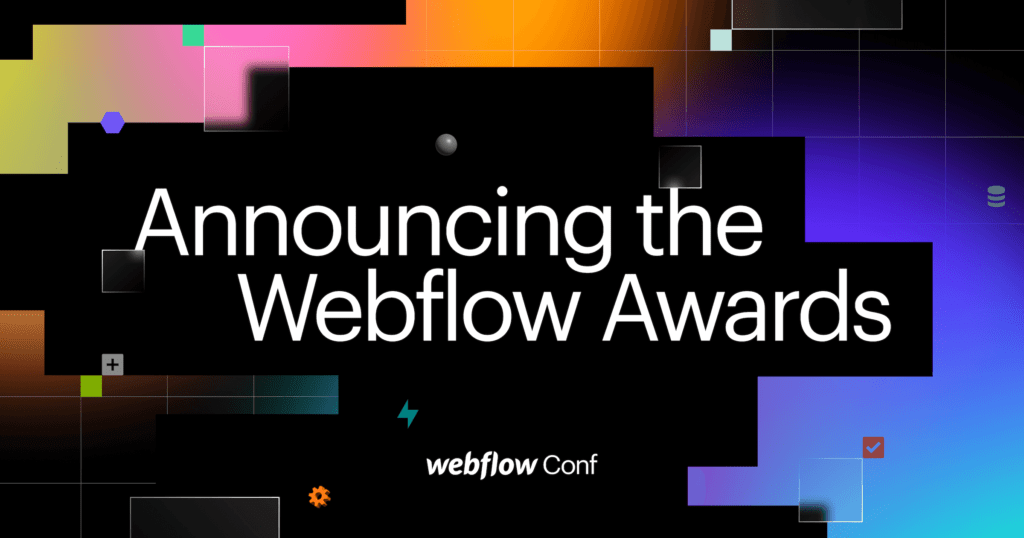
Dark Mode and Design Accessibility: With the growing popularity of dark mode interfaces, design accessibility has become an increasingly important consideration for web designers. Dark mode not only reduces eye strain in low-light environments but also provides a sleek and modern aesthetic that many users prefer. Fortunately, Webflow makes it easy to implement dark mode designs with its powerful styling tools and flexible layout options. Whether you’re designing a portfolio, an e-commerce store, or a corporate website, dark mode can help to enhance the user experience and ensure that your site is accessible to all.
Key Features of Webflow:
Visual Editor: At the heart of Webflow is its visual editor, which offers a seamless design experience akin to working with a graphic design tool. Users can manipulate elements, customize styles, and arrange layouts with ease, all while previewing their changes in real-time.
Responsive Design: With the proliferation of mobile devices, designing for responsiveness is no longer optional but essential. Webflow simplifies the process of creating responsive websites, allowing designers to define breakpoints, adjust layouts, and optimize content for different screen sizes effortlessly.
CMS Capabilities: For projects requiring dynamic content management, Webflow’s built-in CMS (Content Management System) offers a robust solution. Designers can create custom content structures, define relationships between content types, and manage content with ease, all within the Webflow platform.
Interactions and Animations: Adding interactivity and animations to a website can significantly enhance the user experience. Webflow provides a powerful interactions editor that allows users to create custom animations, transitions, and scroll-based effects without writing a single line of code.
Hosting and Publishing: Once the design is complete, Webflow streamlines the process of hosting and publishing the website. With reliable hosting infrastructure and automatic SSL certification, users can deploy their sites with confidence, ensuring a secure and seamless browsing experience for visitors.
Benefits of Using Webflow:
Efficiency: By eliminating the need for manual coding, Webflow accelerates the web design process, allowing designers to focus on creativity rather than technical constraints. With its intuitive interface and comprehensive features, projects can be completed in a fraction of the time compared to traditional methods.
Flexibility: Whether you’re a design enthusiast or a seasoned developer, Webflow caters to users of all skill levels. Its hybrid approach combines the simplicity of visual design with the flexibility of custom code, enabling users to achieve virtually any design concept without limitations.
Collaboration: Collaboration is essential in any design project, and Webflow facilitates seamless collaboration among team members. With features such as real-time editing, version control, and asset management, designers can collaborate efficiently and iterate on designs effortlessly.
Scalability: From simple landing pages to complex e-commerce websites, Webflow scales with your project requirements. Its scalable infrastructure can handle websites of any size and complexity, ensuring optimal performance and reliability even as your business grows.
Cost-effectiveness: Compared to hiring a team of developers or investing in expensive software licenses, Webflow offers a cost-effective solution for website design. With its affordable pricing plans and all-in-one platform, users can achieve professional results without breaking the bank.
Case Studies:
To illustrate the power of Webflow in action, let’s explore a few case studies showcasing real-world examples of websites built using the platform:
Company A: Company A, a boutique design agency, wanted to showcase its portfolio of work in a visually stunning and interactive manner. By leveraging Webflow’s visual editor and interactions capabilities, they were able to create a dynamic website that captivated visitors and effectively communicated their brand identity.
E-commerce Store B: E-commerce Store B, a startup selling artisanal products, needed a scalable platform to launch its online store. With Webflow’s CMS and e-commerce capabilities, they were able to build a fully functional e-commerce website with custom product listings, secure checkout process, and seamless integration with payment gateways.
Personal Blog C: Blogger C, an aspiring writer, wanted to create a personal blog to share their thoughts and experiences with the world. Using Webflow’s responsive design tools and CMS features, they were able to design a beautifully crafted blog with customizable layouts, rich media support, and easy content management.
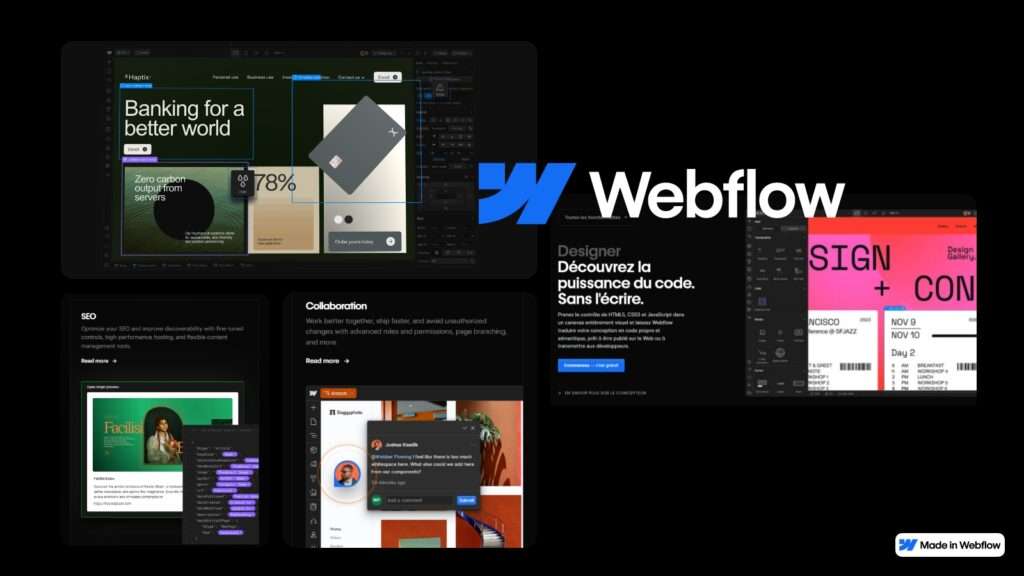
Conclusion:
In conclusion, Webflow represents a paradigm shift in the field of web design, empowering designers and developers to create stunning websites with unparalleled ease and efficiency. Whether you’re a freelancer, agency, or business owner, Webflow offers a comprehensive solution for bringing your design vision to life. With its intuitive interface, powerful features, and cost-effective pricing, Webflow is poised to redefine the way websites are made, setting new standards for creativity and innovation in the digital landscape. Embrace the power of Webflow and unlock endless possibilities for your next web design project.

